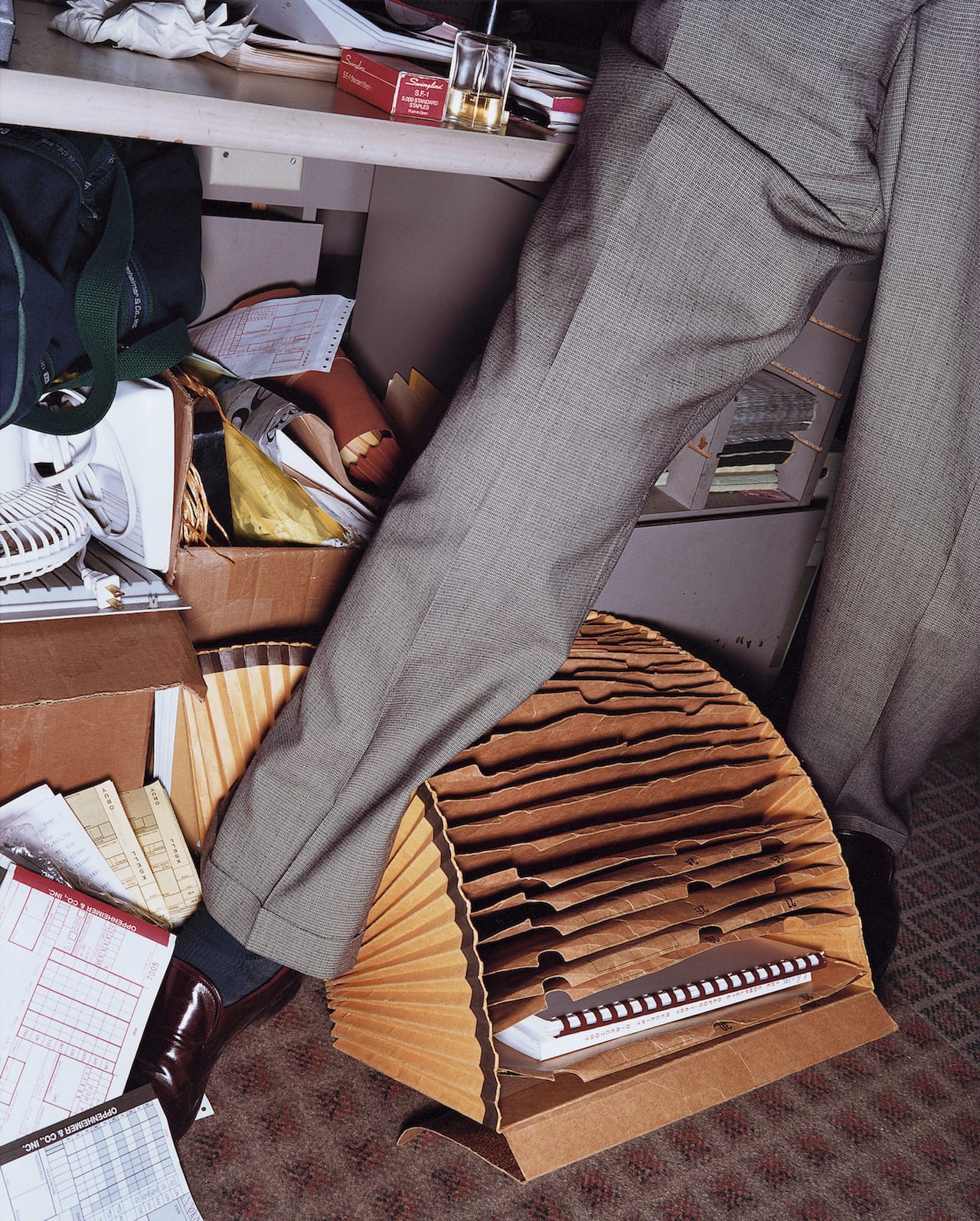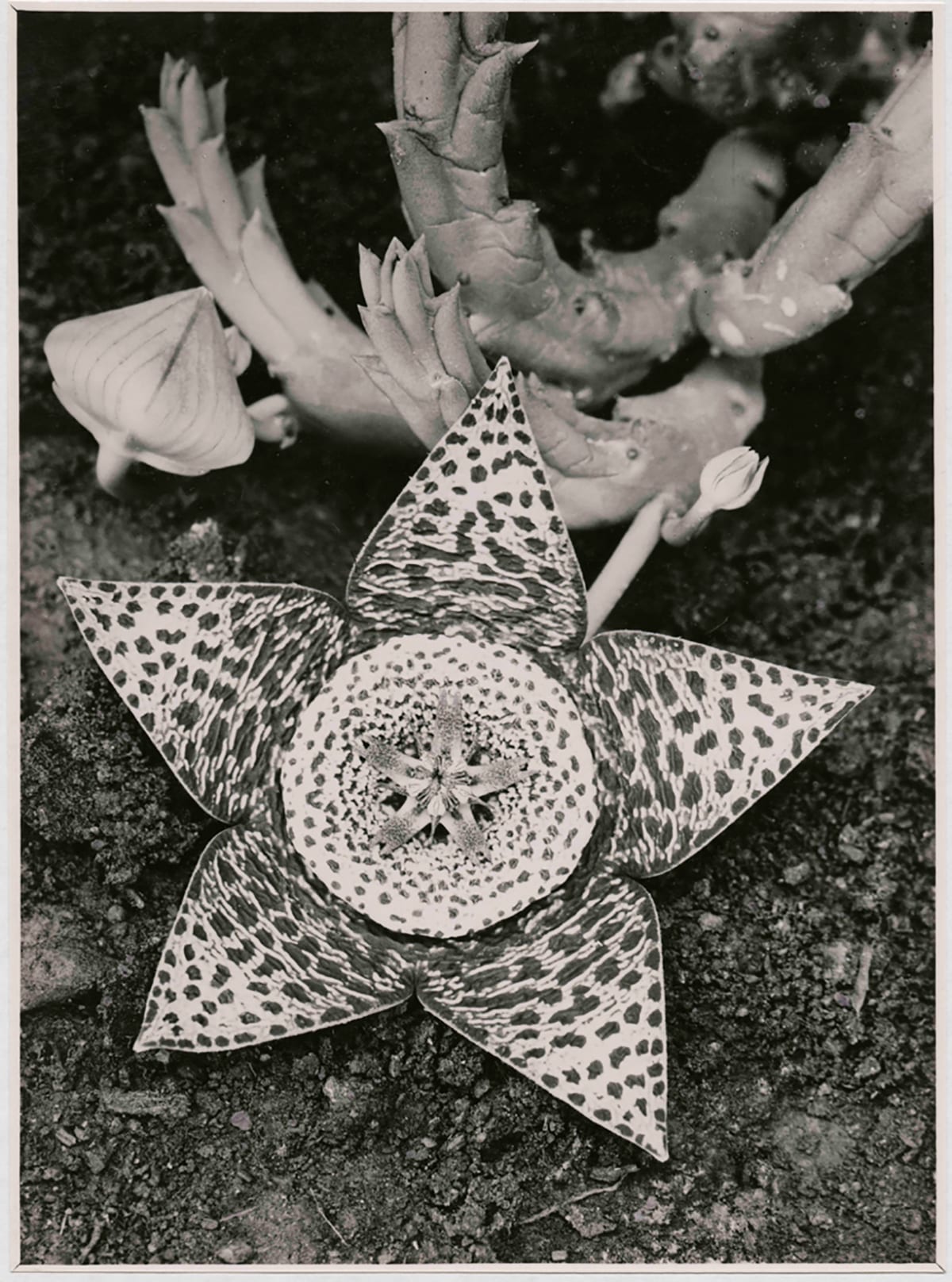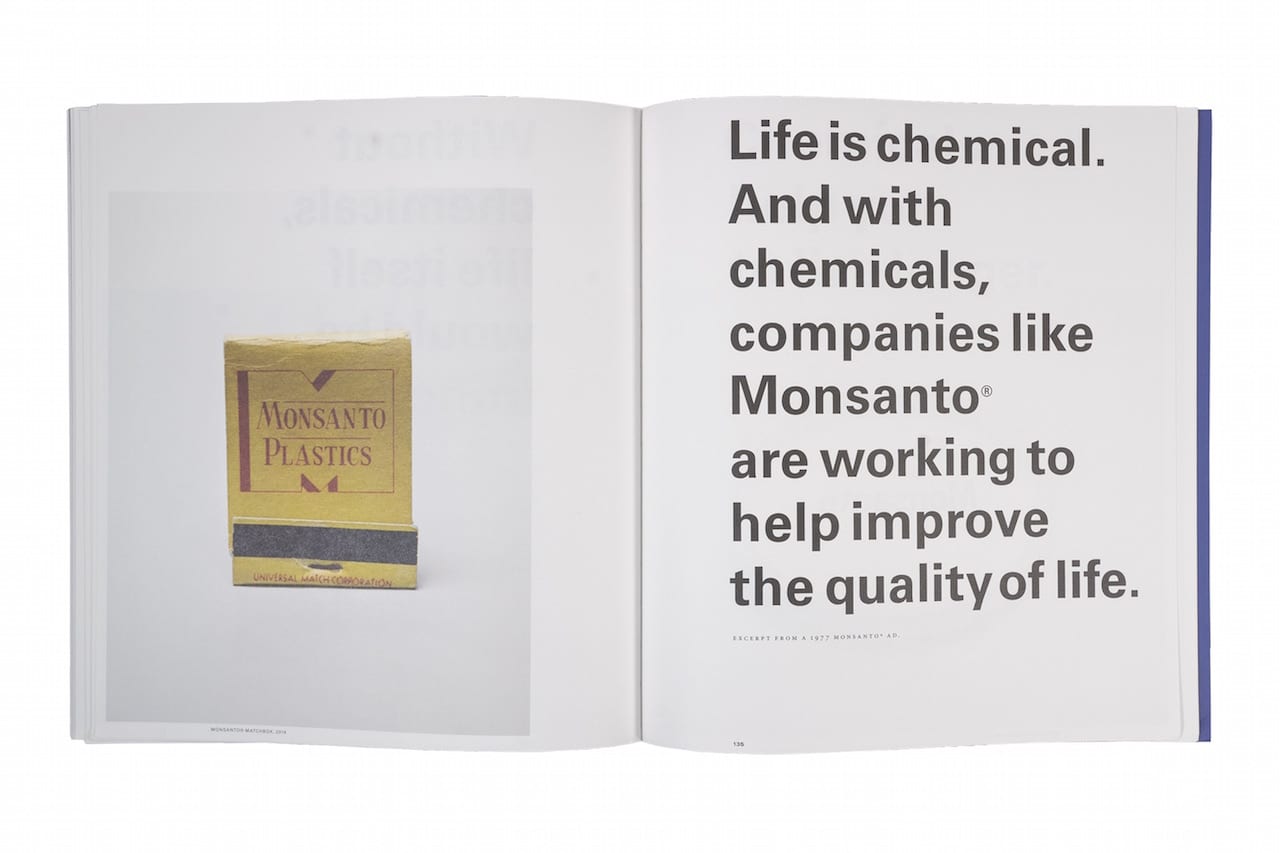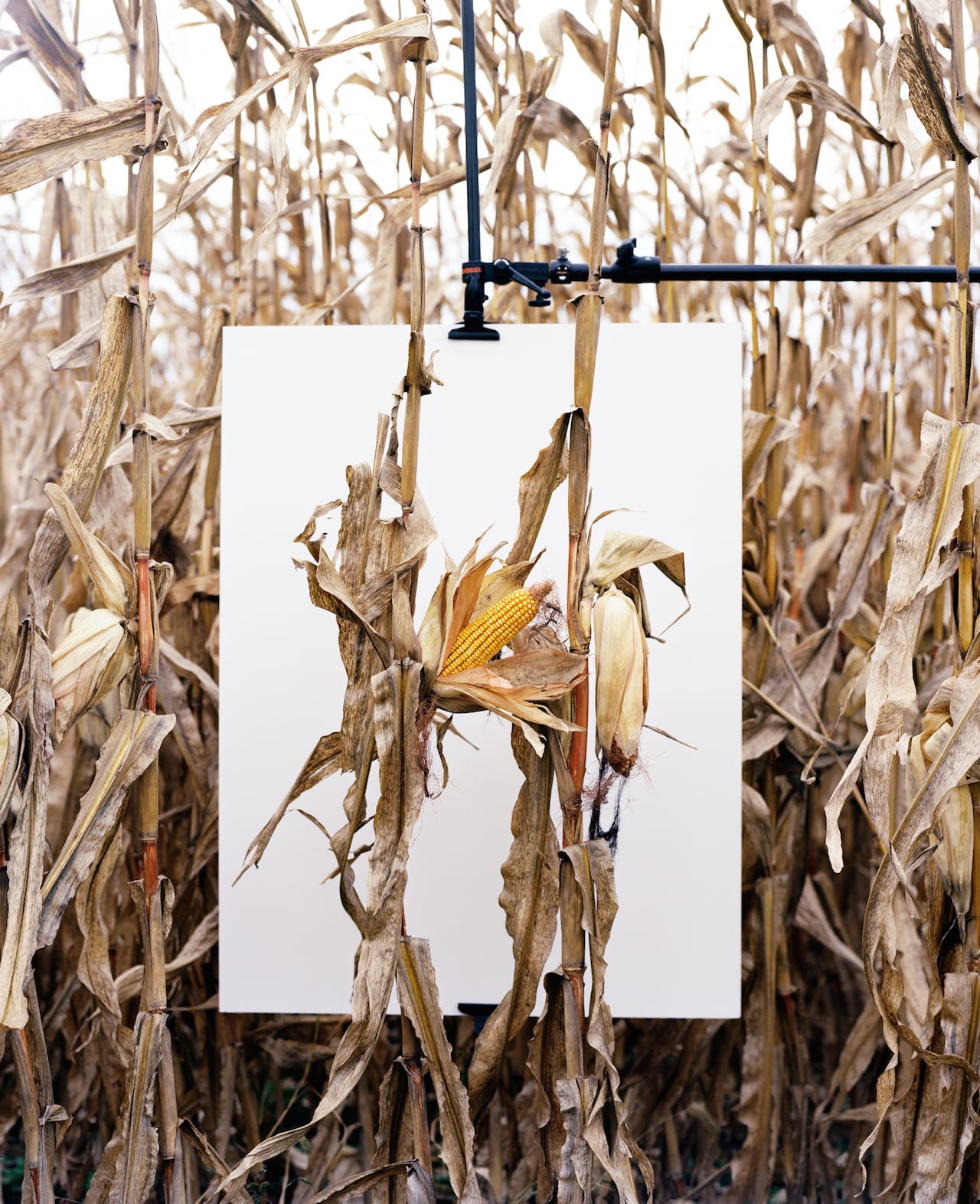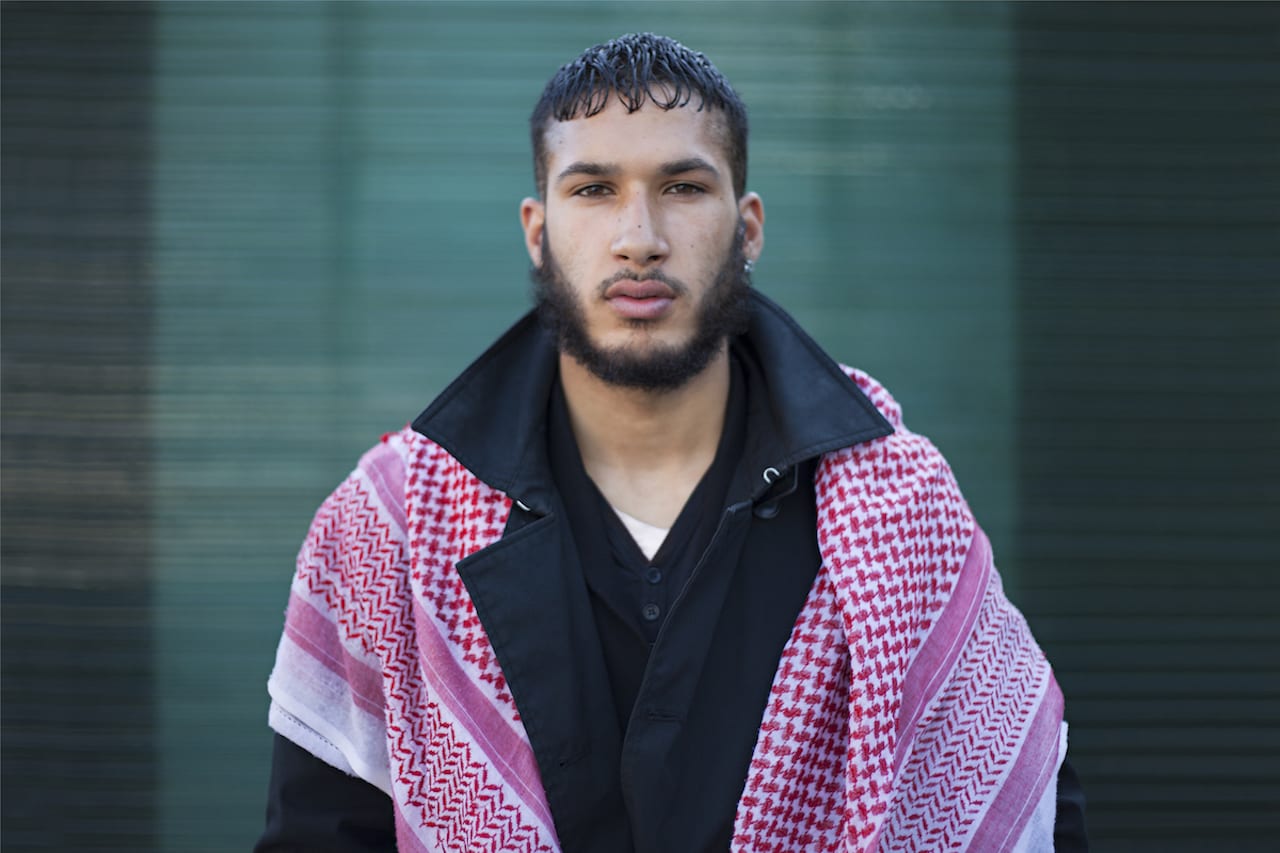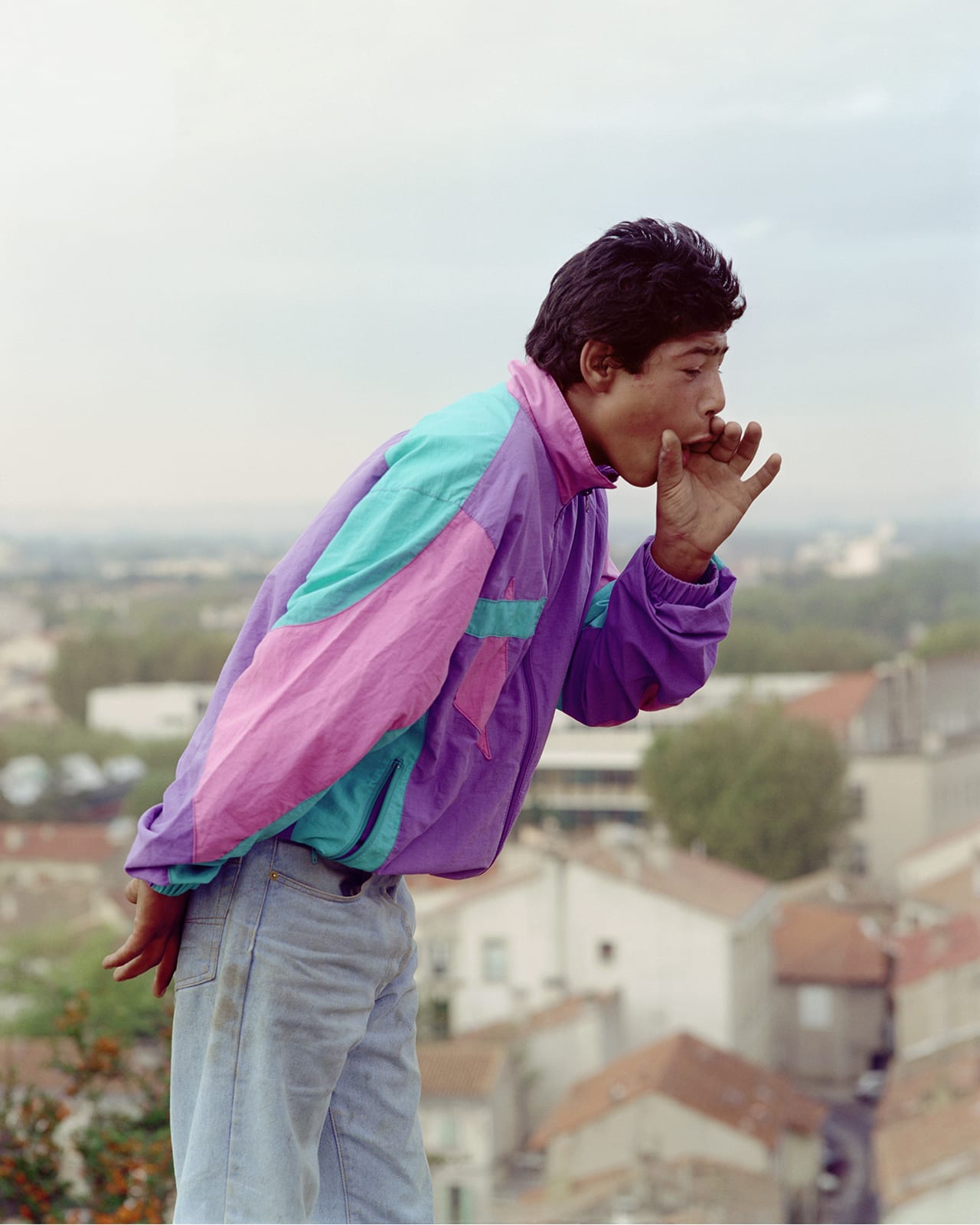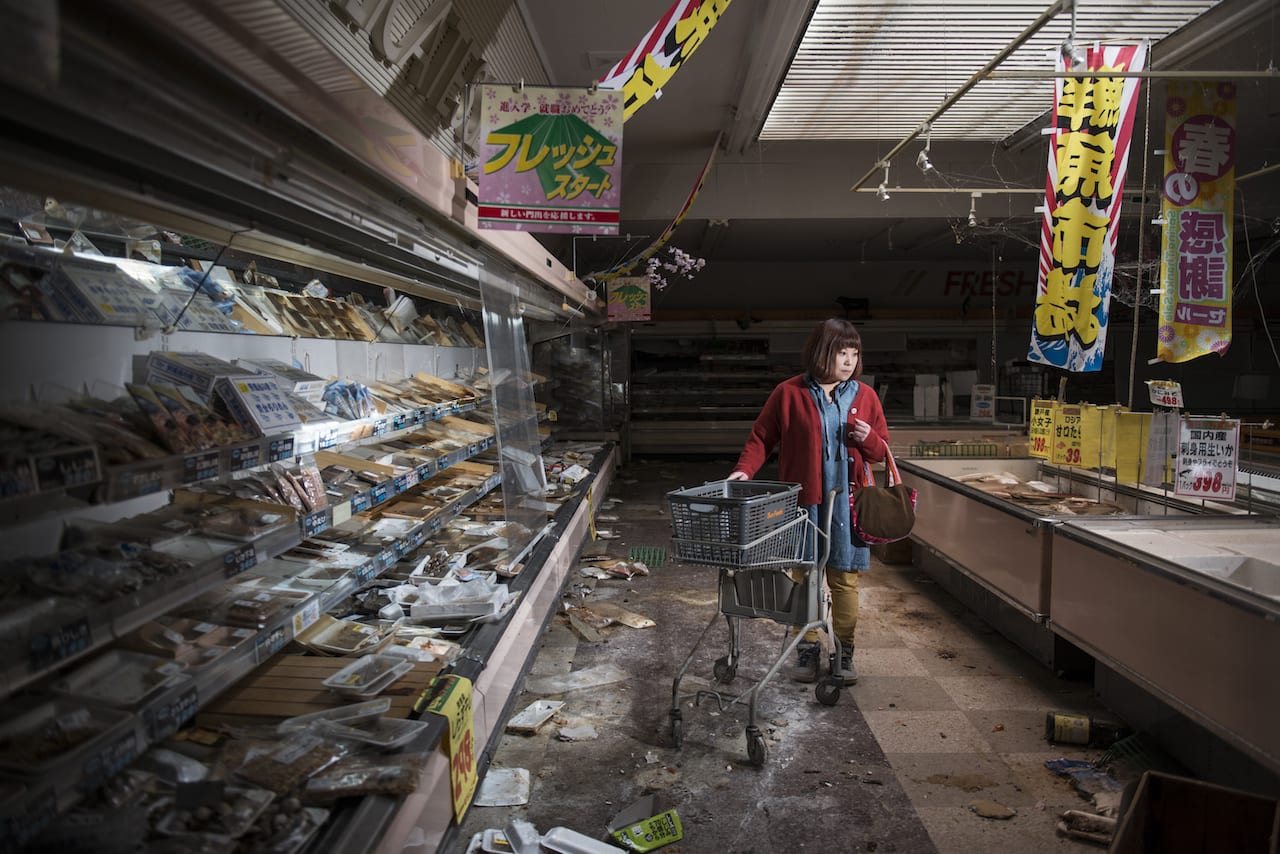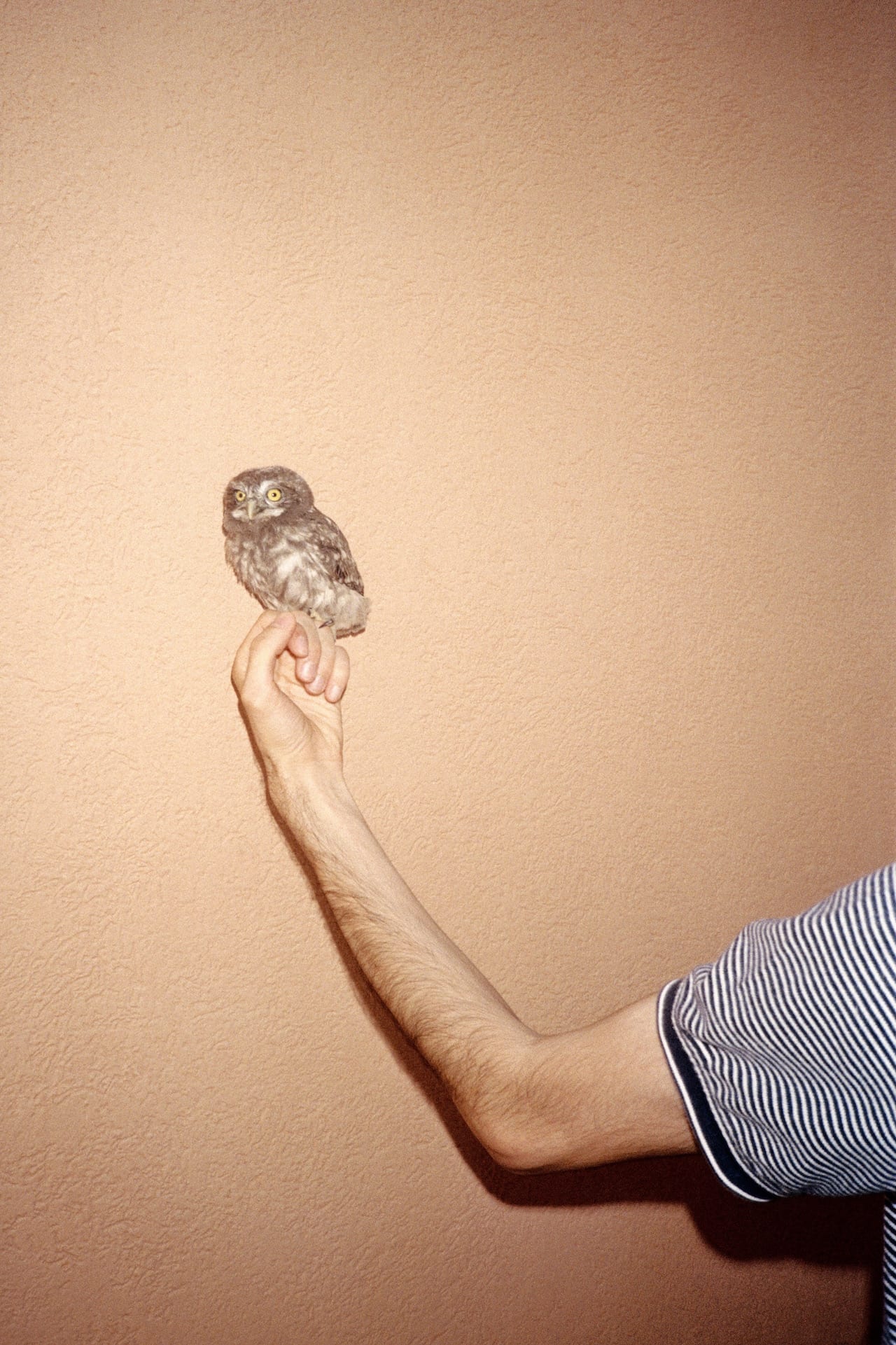With so much to see condensed into one city over the course of five days during Paris Photo (09-12 November), you’d be tempted to skip round the 149 galleries lining the elegant, glass-topped halls of the Grand Palais in a couple of hours, or even miss the main event altogether, as many do. That would be a mistake. You won’t get a better snapshot of what constitutes saleable photography in 2017, from the blue-chip North American dealers such as Gagosian, Pace MacGill and Howard Greenberg, to the work of younger artists championed by the likes of Project 2.0, Trapéz and Taik Persons. And eavesdropping on the sales patter can be a real an eye-opener.
